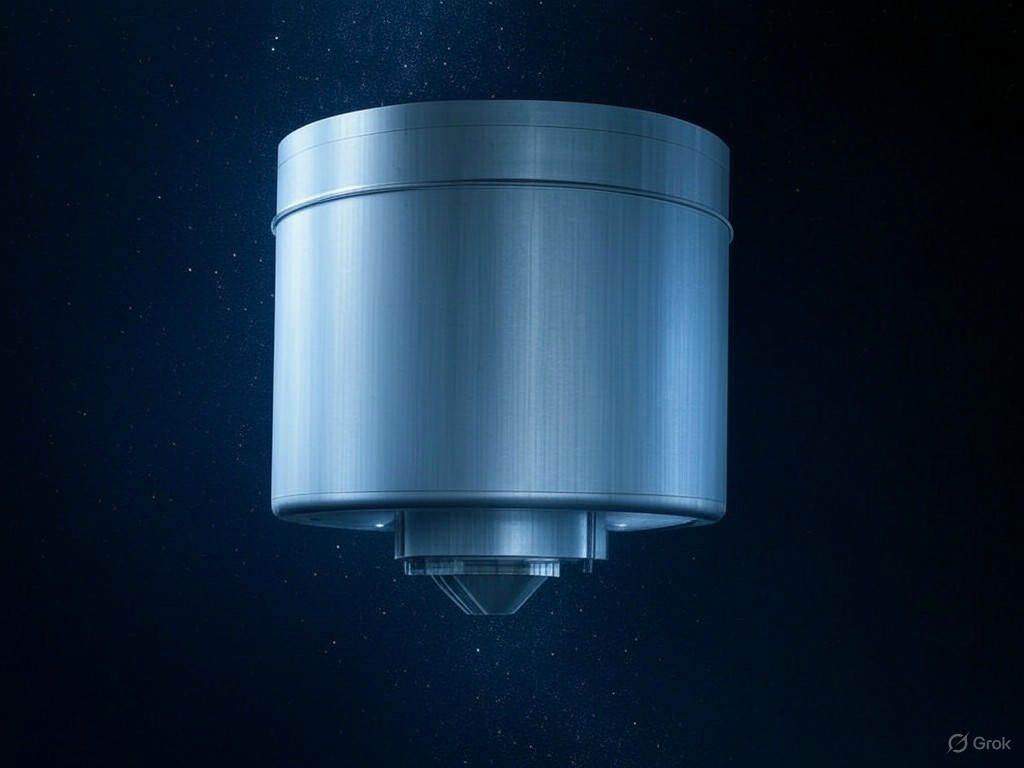As humanity’s ambitions reach further into the cosmos, the quest for reliable and sustainable energy sources to fuel space missions has taken a bold turn. A renewed focus on nuclear power is emerging as a game-changer for space exploration, promising to overcome the limitations of traditional energy systems like solar panels. With missions to distant planets and the dream of establishing off-world colonies on the horizon, scientists and space agencies are revisiting nuclear technology to meet the immense energy demands of the future.
The challenge of powering spacecraft in the harsh environment of space has long been a hurdle. Solar energy, while effective near Earth, becomes less viable in the outer reaches of our solar system where sunlight is scarce. Nuclear power offers a compelling alternative, providing a consistent and long-lasting energy source through radioactive decay or fission processes. This technology could enable spacecraft to operate for decades without the need for refueling, making it ideal for deep-space probes and crewed missions to Mars or beyond. Recent discussions among space industry leaders highlight a growing consensus that nuclear systems could be the key to unlocking the next era of exploration.
One of the most exciting prospects is the development of nuclear thermal propulsion (NTP), a technology that uses nuclear reactions to heat propellant, producing thrust far more efficient than conventional chemical rockets. This could slash travel times to Mars, reducing the risks associated with prolonged exposure to cosmic radiation for astronauts. Additionally, nuclear reactors on planetary surfaces could power habitats, supporting life in environments where solar energy is insufficient. While the concept isn’t new—having been explored during the Cold War era—modern advancements in materials and safety protocols are making it more feasible than ever. Collaborative efforts between government agencies like NASA and private companies are accelerating research, with prototypes and testing phases already underway.
However, the path to integrating nuclear power into space missions isn’t without challenges. Safety remains a paramount concern, as the potential risks of launching radioactive materials into orbit cannot be ignored. Stringent regulations and innovative engineering solutions are being developed to ensure that nuclear systems are secure during launch and operation. Public perception also plays a role, as skepticism about nuclear technology lingers due to historical fears of accidents. Yet, proponents argue that with proper oversight and transparency, these hurdles can be overcome, paving the way for a new frontier in energy solutions.
The resurgence of interest in nuclear power for space exploration marks a pivotal moment in our journey to the stars. As we stand on the brink of interplanetary travel and colonization, this technology could provide the energy backbone needed to sustain humanity’s presence beyond Earth. With continued investment and international cooperation, nuclear power may soon transform science fiction into reality, powering our dreams of exploring—and perhaps one day inhabiting—the vast expanse of space.
